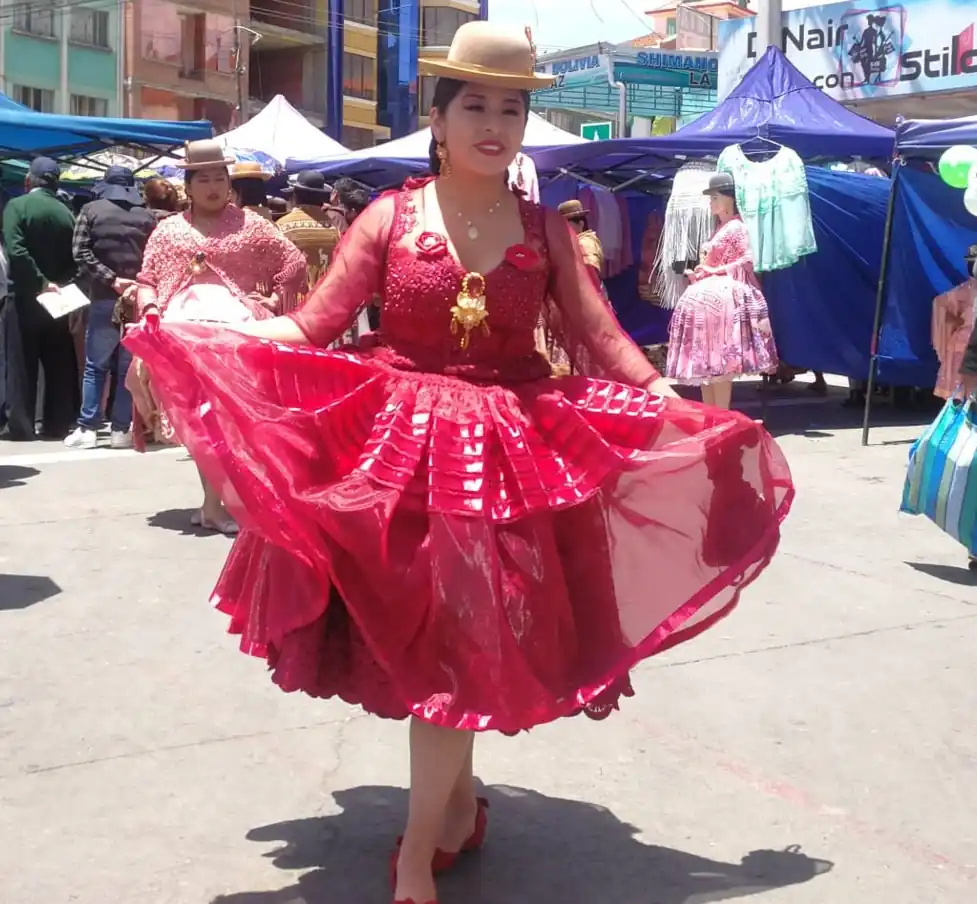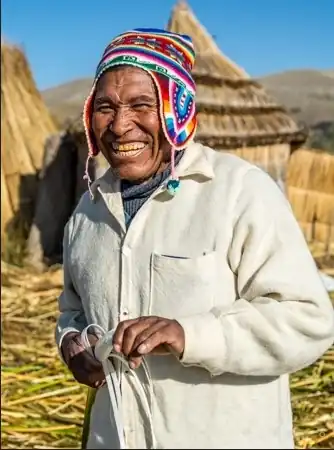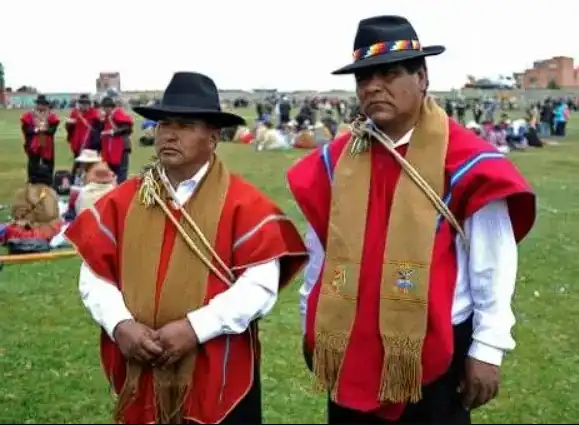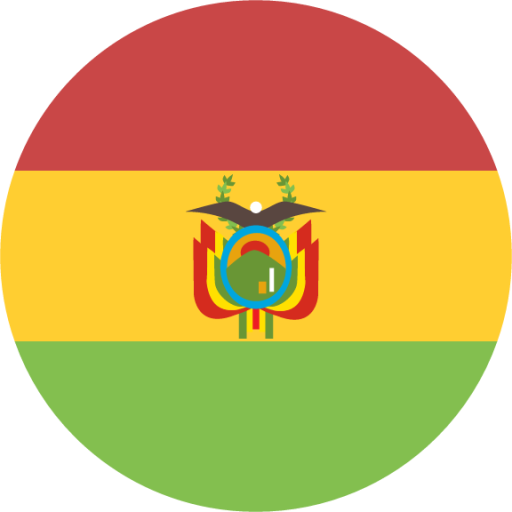Traditional Bolivian Clothing is a vibrant and colorful reflection of the country’s rich cultural heritage. From the intricate designs to the use of bold colors, Bolivian traditional clothing is unique and steeped in tradition. In this comprehensive guide, we will explore the diverse range of garments that make up Traditional Bolivian Clothing, as well as the significance behind these cultural pieces.
When it comes to Traditional Bolivian Clothing, one cannot help but be captivated by the elaborate handwoven textiles that are a hallmark of Bolivian fashion. These textiles are often crafted using traditional methods that have been passed down through generations, with each piece telling a story of the region it comes from.
Popular Traditional Bolivian Garments
1. Pollera
The pollera is perhaps one of the most iconic pieces of Traditional Bolivian Clothing. This voluminous skirt is typically made from multiple layers of brightly colored fabric and is often embellished with intricate embroidery. The pollera is worn with a waist-length underskirt known as a petticoat, which adds volume to the skirt and creates a dramatic silhouette.

2. Chullo
The chullo is a knitted hat with earflaps that is commonly worn in the Andean regions of Bolivia. These hats are not only practical for keeping warm at high altitudes but also serve as a fashion statement. Chullos are often brightly colored and feature intricate patterns, making them a distinctive part of Traditional Bolivian Clothing.

3. Poncho
The poncho is another traditional garment that is widely worn in Bolivia. Ponchos are square or rectangular pieces of fabric with a hole in the center for the head. They are typically made from wool or alpaca fiber and come in a variety of colors and designs. Ponchos are not only practical for staying warm but also hold cultural significance in many indigenous communities.


A Brief Overview of Traditional Bolivian Clothing
Traditional Bolivian Clothing varies greatly from region to region, with each area having its own distinctive style and dress. However, there are some common elements that can be found throughout the country. One such element is the pollera, a voluminous skirt that is worn by indigenous women in Bolivia. The pollera is often brightly colored and adorned with intricate embroidery, making it a visually striking piece of clothing.
Another iconic garment in Traditional Bolivian Clothing is the chullo, a type of knitted hat that is worn by both men and women. The chullo is known for its earflaps, which provide protection from the cold weather in the high altitudes of the Andes mountains. In addition to the pollera and chullo, there are many other traditional garments that are unique to specific regions of Bolivia.
Significance of Traditional Bolivian Clothing
Traditional Bolivian Clothing holds a deep cultural and symbolic significance for the people of Bolivia. Many of the garments worn in Bolivia are linked to the country’s indigenous roots and serve as a way to preserve and celebrate traditional customs. For example, the vibrant colors and intricate designs found in Bolivian textiles often represent elements of nature, such as the sun, moon, and mountains.
Furthermore, Traditional Bolivian Clothing plays a role in social identity, with certain garments being worn to signify a person’s community, marital status, or social standing. For example, the style and color of a woman’s pollera can indicate which village she comes from, while the symbols woven into a man’s poncho may represent his family history.
Influence of Modern Fashion on Traditional Bolivian Clothing
While Traditional Bolivian Clothing has remained an integral part of the country’s cultural identity, modern fashion trends have also influenced the way these garments are worn and styled. In recent years, there has been a growing movement to incorporate traditional textiles and designs into contemporary fashion, both in Bolivia and internationally.
Designers and fashion brands are increasingly drawing inspiration from Traditional Bolivian Clothing, reimagining traditional garments in new and innovative ways. This fusion of past and present styles not only helps to preserve Bolivia’s cultural heritage but also brings attention to the artistry and craftsmanship of indigenous textile makers.
Celebrating Bolivian Culture Through Clothing
Traditional Bolivian Clothing is more than just fabric and thread—it is a living expression of Bolivia’s diverse cultural landscape. With its vibrant colors, intricate designs, and deep-rooted symbolism, Traditional Bolivian Clothing serves as a testament to the country’s rich heritage and enduring traditions.
Whether worn for special occasions, daily life, or as a connection to one’s indigenous roots, Traditional Bolivian Clothing continues to play a vital role in celebrating and preserving Bolivian culture for generations to come.
